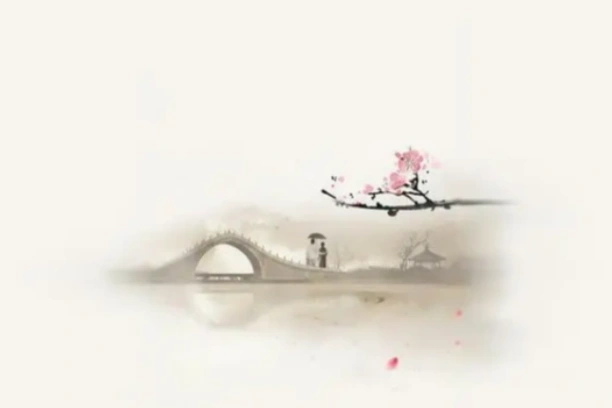
The door of Ch’an is entered by Wu. When we meditate on Wu we ask “What is Wu?” On entering Wu, we experience emptiness; we are not aware of existence, either ours or the world’s.
E-MAIL: admin@relaxmid.com

The Chinese term tso-ch’an 坐禪(zazen) was in use among Buddhist practitioners even before the appearance of the Ch’an (Zen) School. Embedded in the term is the word ch’an, a derivative of the Indian dhyana, which is the yogic practice of attaining samadhi in meditation. Literally translated, tso-ch’an means “sitting ch’an” and has a comprehensive and a specific meaning. The comprehensive meaning refers to any type of meditation practice based on taking the sitting posture. The specific meaning refers to the methods of practice that characterize Ch’an Buddhism.
The earliest Chinese translations of Buddhist sutras that describe methods of samadhi appear around the end of the second century A.D. The most famous of these was the Tso-ch’an ching 坐禪經, The Sutra of Sitting Ch’an, translated by K’ang Seng-hui 康僧會. In the beginning of the fifth century A.D., Kumarajiva 鳩摩羅什 translated a large number of sutras on the practice of samadhi. One of these was the Tso-ch’an san-mei ching 坐禪三昧經. The Sutra on Tso-ch’an and Samadhi. So we see that the term tso-ch’an was used in China as early as the second century, and there are at least two sutras that use the term in their titles. We know that many monks during this time practiced tso-ch’an to achieve samadhi in the Indian tradition. This is especially revealed in the chapter Hsi-ch’an p’ien 習禪篇, On Cultivating Ch’an, in the Kao-seng chuan 高僧傳, The Biographies of Eminent Monks. This was compiled in the Liang Dynasty 梁朝(502-557).
During the Sui Dynasty隋朝(589-617) the T’ien-i’ai 天臺 master Chin-I 智顗 wrote the Hsiao chin-kuan 小 止觀, The Minor Treatise on Samatha-Vipasyana. In it he describes tso-ch’an in terms of three aspects: how to regulate one’s body, one’s breath, and one’s mind. In the section on regulating the body, the posture of sitting meditation is the most important factor. In a later work called Ta chih-kuan 摩訶止觀, The Major Treatise on Samatha-Vipasyana, he described four methods to attain samadhi. The first method is called Samadhi Through Constant Sitting 常坐三昧, the second, Samadhi Through Constant Walking常行三昧. The third is Samadhi Through Half Walking, Half Sitting 半行半坐三昧. The fourth is The Samadhi Neither Through Walking Nor Sitting 非行非坐三昧.
PREVIOUS: TSO-CH’AN | TSO-CH’AN
NEXT: Tso-ch’an and Samadhi | TSO-CH’AN
